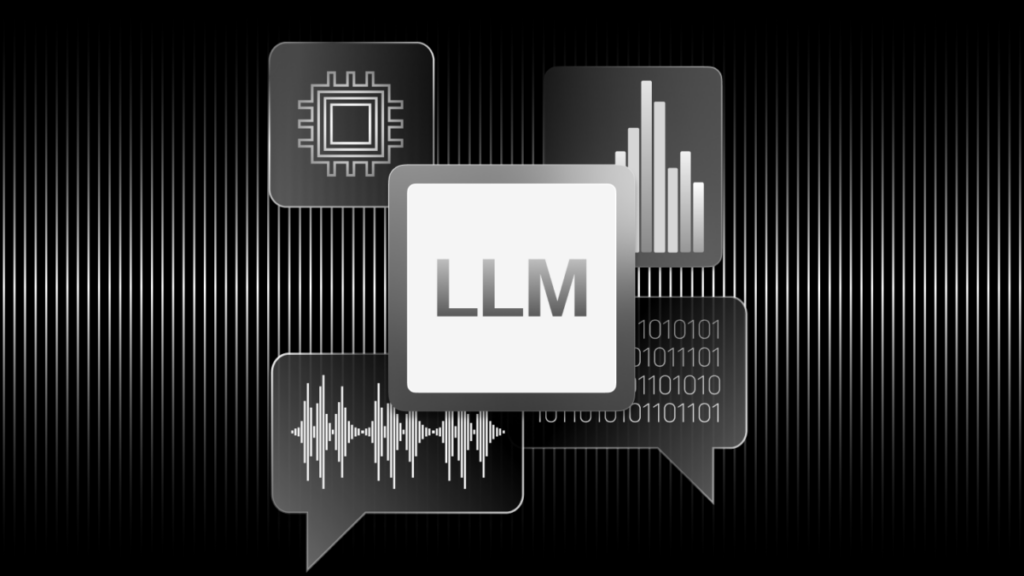
Language models are anywhere—whether or not we’re using a search engine, getting recommendations from our cellphone’s keyboard, or talking to digital assistants. But how do we know if these language models are doing a very good activity? This is where LLM (Large Language Model) evaluation metrics come into play. These metrics are like document playing cards for language fashions, assisting us recognize how well they perform and where they want development. Let’s dive into the importance of LLM evaluation metrics used to assess those fashions and why they rely.
Why LLM Evaluation Metrics Matter:
Evaluating language models is critical as it ensures they supply correct, applicable, and independent facts. If we do not check those models well, they may offer incorrect answers, misunderstand what we ask, or maybe unfold incorrect information. Good evaluation facilitates us to accept as true with the era we use daily.
Key LLM Evaluation Metrics

There are numerous metrics generally used to assess the overall performance of LLMs. Each one looks at an exceptional factor of the model’s competencies. Here’s a look at a number of the most critical ones.
Perplexity: Understand Of Uncertainty
Perplexity is a measure of how well a language version predicts what comes subsequent in a sentence. Imagine you are telling a tale and you’re looking to bet the following word in every sentence. If you’re usually right, your perplexity is low, which is good. For LLMs, decreasing perplexity, the version is greater confident in its predictions, resulting in more coherent and understandable sentences.
Accuracy: Getting It Right
Accuracy is all approximately how often the version offers an appropriate solution. This is especially vital in tasks like answering questions or recognizing gadgets in snapshots. However, accuracy may be elaborate because there are probably a couple of correct answers in language responsibilities. For instance, translating a sentence from one language to another can have numerous legitimate outcomes, all of which will be taken into consideration accurately.
BLEU Score: Checking For Translation Quality
The BLEU score (Bilingual Evaluation Understudy) measures how nicely a version translates text from one language to another. It compares the version’s translation to a reference translation, looking at how many phrases and phrases are healthy. A higher BLEU score approaches the translation in the direction of the reference, indicating that it is more accurate and herbal-sounding.
ROUGE Score: Summarize of Effectivity
ROUGE (Recall-Oriented Understudy for Gusting Evaluation) is a metric used to evaluate how properly a version summarizes text. It looks at how plenty of the crucial records from the authentic textual content is captured inside the precis. This is mainly useful in applications like information summarization, where it’s vital to ensure all the key points are included.
F1 Score: Balance The Precision and Recall
The F1 score is an aggregate of precision and keep in mind. Precision measures how a few of the model’s fantastic predictions are correct, while don’t forget measures how a number of the real positives the model correctly identified. The F1 score balances those two, providing a single range that reflects the model’s typical performance. It’s in particular useful in obligations where both precision and remember are crucial, including figuring out junk mail emails.
The Importance of Human Evaluation:

While those metrics are very helpful, they do not inform the whole story. Human evaluation is often used to evaluate matters that are hard to measure with numbers by myself, like fluency, coherence, and relevance. For instance, a model might generate a grammatically accurate sentence that doesn’t make a lot of sense in context. Human reviewers can seize these issues and offer extra nuanced comments.
Ethical Considerations in LLM Evaluation
Evaluating language fashions isn’t pretty much accuracy and overall performance; it’s additionally approximately ethics. It’s vital to ensure that those models don’t support dangerous stereotypes or produce biased content material. This requires careful assessment for bias and fairness, ensuring that the fashions are inclusive and respectful of all users.
Challenges in LLM Evaluation
Evaluating language fashions comes with its own set of demanding situations. One of the largest is the complexity of human language itself. Language is full of nuances, idioms, and cultural references that may be difficult for a model to understand. Additionally, language fashions are continuously evolving, so the metrics we use to evaluate them need to evolve as nicely. This dynamic nature of language fashions approach that assessment is an ongoing manner, requiring continuous refinement.
The Future of LLM Evaluation Metrics:

As language fashions come to be more state-of-the-art, the manner we examine them will also want to end up more superior. Future assessment methods might also involve an extra holistic approach, combining present metrics with new ones that capture the complexities of language. This may want to consist of greater emphasis on moral concerns and the improvement of that mirror the version’s impact on society.
LLM Evaluation Metrics is an essential part of developing and the usage of those effective equipment. By expertise and applying the right LLM evaluation metrics, we will make sure that language fashions are correct, reliable, and moral. As those fashions hold to evolve, so too will the approaches we measure their fulfillment, assisting to create technology that better serves every body.
FAQs About The LLM Evaluation Metrics:
What are LLM evaluation metrics?
LLM evaluation metrics are equipment and techniques used to measure the effectiveness of large language models (LLMs). These metrics assist in checking how nicely a language model plays obligations which includes predicting the subsequent word in a sentence, translating textual content, or summarizing statistics.
Why are LLM assessment metrics vital?
LLM assessment metrics are important because they help make certain that language fashions offer accurate, relevant, and impartial effects. By evaluating these fashions, we are able to identify areas in which they excel and where they need improvement, leading to better standard overall performance.
What is perplexity in LLM evaluation metrics?
Perplexity is a key LLM evaluation metric that measures how unsure a language version is whilst predicting the following word in a sentence. A decreased perplexity shows that the model is extra assured in its predictions, which normally results in greater coherent and contextually suitable outputs.
How do BLEU and ROUGE ratings relate to LLM evaluation metrics?
BLEU and ROUGE rankings are specific LLM evaluation metrics used to assess translation and summarization tasks, respectively. BLEU measures the niceness of textual content translations with the aid of evaluating them to reference translations, whilst ROUGE evaluates the effectiveness of summaries by checking how many key records from the authentic textual content is protected.
Can LLM evaluation metrics cope with moral worries?
LLM evaluation metrics can be designed to cope with ethical concerns by way of measures of bias and equity. These metrics help make sure that language fashions are not handiest correct but also inclusive and respectful of all users, minimizing the risk of perpetuating harmful stereotypes or biased content material.
